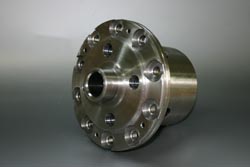

To install Maruha LSD for NA6CE(B6)/90-93model, the special output shafts are required.
If your Miata is an open differential type (not viscus LSD), you can use stock parts again for our LSD.
Please check the following.
NA6CE(B6)/90-93model
The different length type on L and R : you have to change stock parts for our LSD
The same length type on L and R : you can use stock parts for our LSD
On the later model since '94(NA8C / NB6 NB8) with larger differential, stock output shafts don't have to be changed. (Available reusing for Maruha LSD)
We recommend you to use new parts of side bearings and side oil seals to avoid troubles.
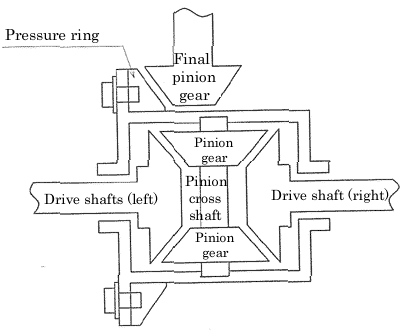
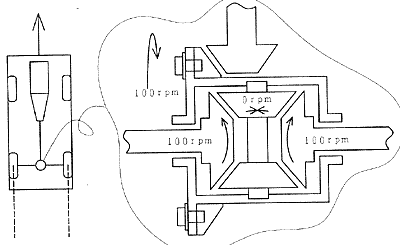
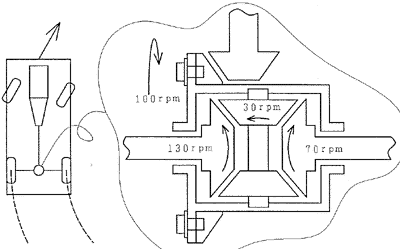
The right side gear rotates slower than the differential case.
The pinion gears rotate, and give the rotation speed of the spinning opposite way to the left side gear.
The left side gear rotates faster than the diff case.
Slow rotation of the right drive shaft and fast rotation of the left.
This balance is transmitted through a differential.
The difference of rotation speed between right and left drive shafts is adjusted to keep the balance automatically based on the large load wheel.
Example :
Input rotation to the differential (Finial pinion gear) 100rpm
Left drive shaft : 70rpm
Right drive shaft : 130rpm
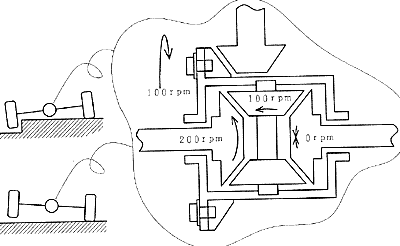
The grounded wheel does not rotate.
The slipping wheel rotates with two times more speed.
After all, the vehicle can not move at all.
It is impossible to transmit traction during hard cornering.
The inside wheel is rifted in hard cornering by centrifugal force.
In this case, the inside wheel loses the traction at the moment and the speed lessens.
Under usual driving conditions on streets, the torque of the drive shafts changes constantly being affected by road situation and the tires keep the balance through the differential.
LSD is the device to get the high driving force as much as you can.
3.Maruha mechanical LSD
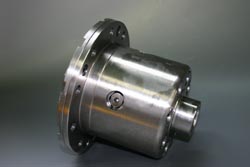
This kit consists of 25 parts.
Side gear (x 2)・・・Connecting to drive shafts (L/R)
Pinion gear(x4)・・・Coupling to side gears
Pressure ring (x2)・・・kept in a differential case, and can slide by cam mechanism.
Pinion cross shaft (x1) ・・・axis of rotation for pinion gears
Clutch plates (drive x4)・・・friction plates rotating with a diff case
Clutch plates (driven x4)・・ friction plates rotating with side gears
Spring plate(x2) ・・・pushing clutch plates at all times
Washer(x2) ・・・ receiving trust from side gears and prevent from blowout
Pinion gear rotates based on pinion cross shaft, side gears mesh to pinion gears.
Pressure rings can slide and have a ditch like the letter V to set the pinion cross shaft.
The pinion cross shaft floats between the pressure ring (left and right) and doesn't connect to the differential case.
The pinion cross shaft is installed directly to the diff case on open differential.
Each clutch plate (drive and driven) is set mutually between a pressure ring and a differential case.

The spring plate(x2) puts pressure on the clutch plates all the time.
The friction of clutch plates by this pressure is the " Initial torque".
The initial torque has two roles.
If the initial torque is set harder, the LSD becomes effective all the time (Not torque response type),
and it causes lower performance at cornering.
To adjust these conflict roles, you should consider your usage first and then decide a spec.
Example :
Race, circuit, drifting ------High initial torque →The priority of LSD effectiveness.
Street-------Low initial torque→The priority of torque response
[home]